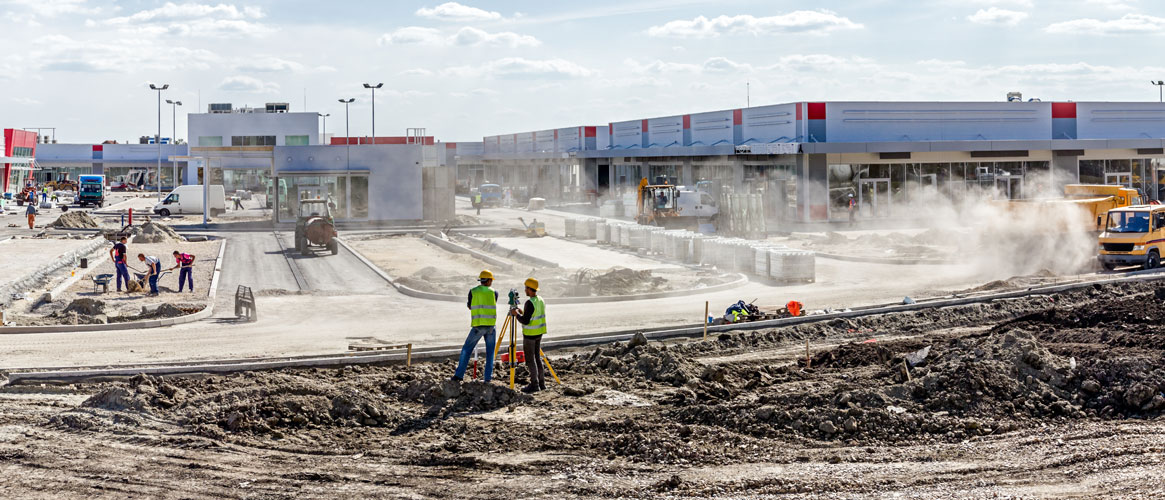Valley Fever has been on an upward trend in California over the last three years. In 2017 there were 8,203 suspect, probable, and confirmed cases of Valley Fever in California—an all-time high. That’s an increase of more than 2,000 cases compared to 2016, and nearly 4,700 more than in 2015.
The trend appears to continue this year. Preliminary figures from the California Department of Public Health show more than 4,600 potential Valley Fever cases reported in the first seven months of 2018.
Not just a summer thing
Historically, Valley Fever was most often contracted in the hot, dry summer months, predominantly in eight California counties: Kern, Fresno, Tulare, Merced, San Luis Obispo, Kings, Monterey, and Madera. However, persistent drought conditions keeping the soil warm and dry much of the year have resulted in Valley Fever occurring year round.
Mistaking Valley Fever for the flu can be deadly
The illness, which produces headaches, fever, cough, and chills, is caused by the Coccidioides fungus that is prevalent throughout California in regions with loamy soils. When the soil is disturbed—such as by high winds, construction work, digging or large equipment—fungus spores can become airborne and if inhaled, cause Valley Fever. Because it can resemble the flu, Valley Fever can often be misdiagnosed or dangerously overlooked. In the most severe cases, the fungal spores can spread throughout the body causing long-term health issues, and in some cases, death.
Construction employers in areas where the fungus is prevalent should take precautions to protect outdoor workers, particularly during hot, dry, or windy conditions. Try to keep the soil damp during digging and protect employees from dust with N95-rated respirator masks.
